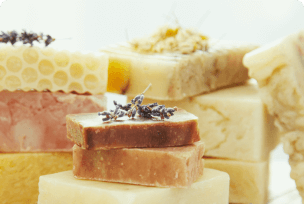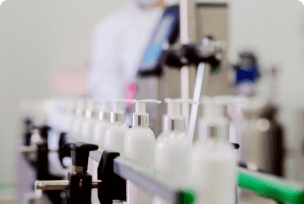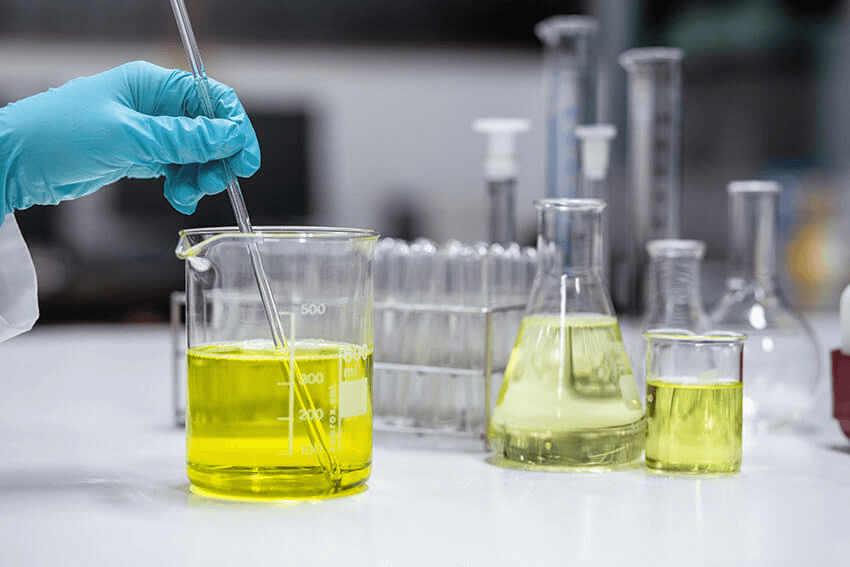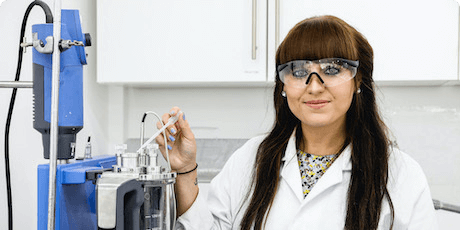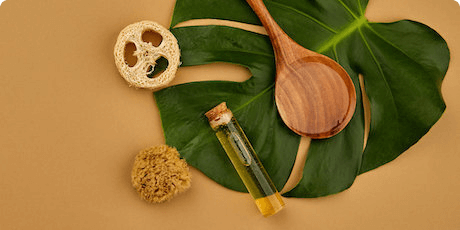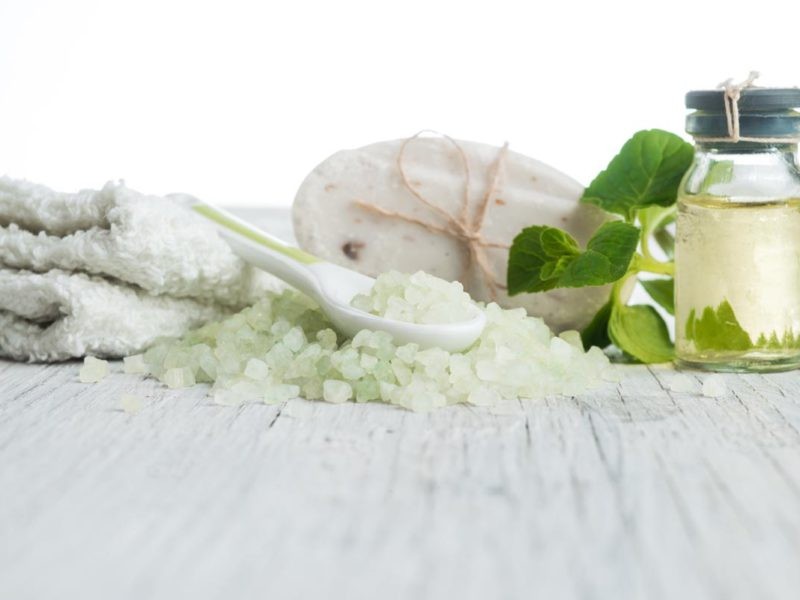
According to the Soil Association (2017), sales in organic health and beauty products have increased by over 20%, with the market now worth around £61.2 million in the UK alone. This incredible growth demonstrates the sheer demand for organic beauty products, and is reflected around the world.
What exactly is Organic?
The term ‘Organic’ is defined and requires approval by an authorised certifying body such as Soil Association in the UK, or Quality Assurance International (QAI) . ‘Organic’ refers to the process undertaken to produce the product i.e. a vegetable/plant grown without fertilisers or genetically modified ingredients, and processed without manmade chemicals. In some cases, non-organic materials are permitted in organically certified products providing they have been assessed by the organic body. However, the term ‘Organic’ should only be used if the product has been certified to a specific standard such as COSMOS (Europe).
COSMOS defines organic ingredients as ingredients that have been responsibly sourced and harvested without the use of synthetic chemicals (COSMOS, 2017). COSMOS is a European standard developed by five charter members including BDIH (Germany), Cosmebio (France), Ecocert (France), ICEA (Italy) and Soil Association (UK). The COSMOS regulations surrounding truly organic cosmetics are very strict, specifically in Europe. Under this standard, companies are assessed based on the origin and processing of ingredients, composition of the product, storage, manufacturing and packaging, and the environment.
However, brands and small business may use illegitimate ‘Organic’ logos on packaging, indicating an organic product, when in fact this product has not been scrutinised. This is called ‘Greenwashing’ – when a brand deliberately misleads the consumer into thinking a product is green, organic or natural, when in reality this has not been regulated (Soil Association, 2016).
 Image Credit: Delicious Living
Image Credit: Delicious Living
What is driving the shift in consumer behaviour?
With organic beauty sales in 2016 up 20% on the year before, and a steady incline over the last three years, it is plain to see the demand in the industry. Understanding why consumers are changing their attitudes is a vital aspect to new product development.
Health Awareness
As people become more aware about their health in terms of diet and well-being, we can also see an increase in the use of organic beauty products. For example, research by Mintel (2016) found that 71% of UK consumers think eating healthily is just as important for appearance as it is physical health. This has seen an increase in interest for organic food-inspired beauty products that contain ingredients such as vitamin C, seaweed, oatmeal and honey (Mintel, 2016).
Over time consumers have become more educated on the ingredients their routine beauty products contain and are starting to avoid ‘nasty’ chemicals such as parabens, PEGs, sodium lauryl sulfate and even fragrances (Safe Cosmetics, 2016). By selecting organic beauty products, a lot of these harsh chemicals are replaced with natural alternatives.
Another key trend that is likely impacting this trend is veganism. The Vegan Society (2016) estimate a 360% increase in the number of vegans in the UK over the last 10 years. This is reflected overseas, where nearly 70% of US consumers interested in facial products containing vegetable-based ingredients (Mintel, 2016).
Awareness of the ingredients within routine beauty products, as well as an interest in better personal health is driving the trend of increasing sales of organic beauty products.
 Image Credit: My News Hub
Image Credit: My News Hub
Environmental Awareness
Environmental factors also influence people to buy organic beauty products. In 2016, Cosmetics Europe made recommendations to the major beauty brands to phase out the use of microbeads within personal care products, after research showed that these microbeads were not only polluting the ocean, but also found to be polluting the food chain (Green Peace, 2016). By 2020 the top beauty brands and companies have pledged to end the use of plastic microbeads in products and replace with natural alternatives.
Another factor impacting this trend is that consumers are becoming more aware of the effects of pollution on their health and skin condition. Consumer concerns about safety and pollution have driven an increase in new product development in anti-pollution and protective skincare products. This trend has been seen in China for years, although Europe and USA are seeing a rise in product development of this nature (Mintel, 2016).
 Image Credit: Courier Journal
Image Credit: Courier Journal
The Future of Product Development
In line with the organic and consumer-savvy trends seen in the bath, shower and soap category, alongside facial skincare and haircare, product development in these sectors is changing rapidly.
Bath, Soap & Shower
Although 58% of new product development within this sector is driven by herbal and botanical claims, only 6% has focused on organic formulations, using organic essential oils and natural ingredients (Mintel, 2016). From a marketing perspective, using food-related claims on beauty product packaging is likely to be an important factor on consumers throughout 2017, as this highlights the freshness of ingredients.
 Image Credit: Botanicals: Natural Organic Skincare
Image Credit: Botanicals: Natural Organic Skincare
Facial Skincare
Contrary to trends seen throughout 2016, European consumers are more likely to opt for products with highlighted natural ingredients, as opposed to products where the ‘free-from’ ingredients are highlighted. New product development should focus on what a product contains, rather than the ingredients it doesn’t. Natural ingredients such as fruit, oatmeal, clay and vegetable-based ingredients are likely to be popular in this category.
Haircare
With a surprising 51-57% of French, Italian and Spanish women afraid of hair loss from the use of styling products, it is no wonder that the haircare sector is rapidly changing. An increase in the use of natural oils within hair products is driving new product development in Europe, whereas the USA is seeing an increase in foodie-inspired ingredients such as coconut, pineapple and even rice. Despite this, only 9% of products were marketed as organic and 18% of overall products containing natural claims throughout 2016. There is huge potential in this category in 2017.
 Image Credit: Tabatha James Kraan
Image Credit: Tabatha James Kraan
Check our organic range of products that aligns with your natural brand or contact us for more information.
References
- Safe Cosmetics, 2016: Chemicals of Concern
- Soil Association, 2016: 5 Tips to avoid greenwashing in your beauty products
- Green Peace, 2016: What are plastic microbeads and why should we ban them?
- Mintel, 2017: Category Insight: Soap, Bath and Shower Products
- Mintel, 2016: Category Insight: Facial Skincare Products
- Mintel, 2016: Category Insight: Haircare Products
- Soil Association: Organic Market Report 2017
- COSMOS Standard












